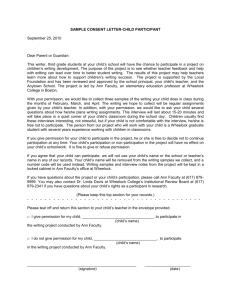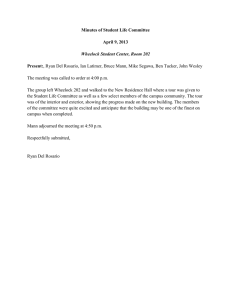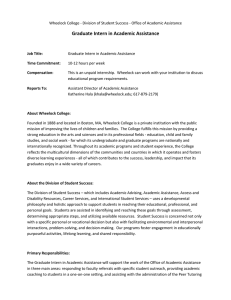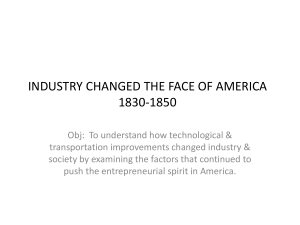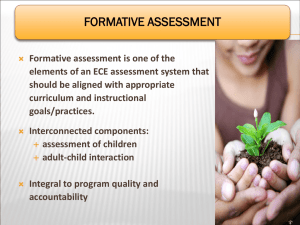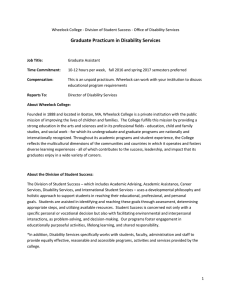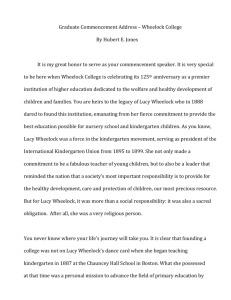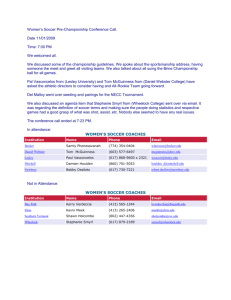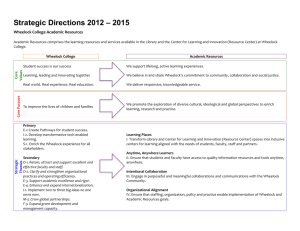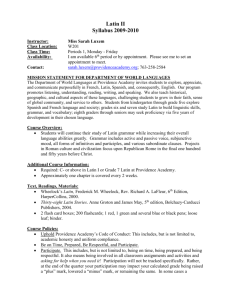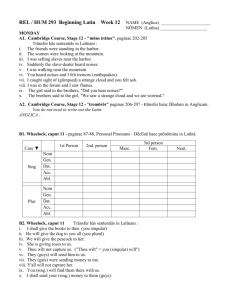Dartmouth College v. Woodward 1819
advertisement
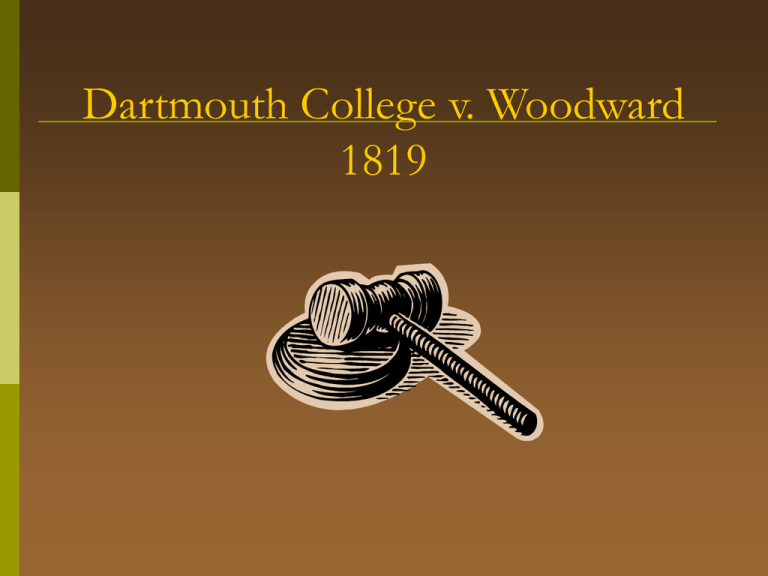
Dartmouth College v. Woodward 1819 Definition of the Case This was a case about whether or not a state government can force a privately owned college to a public university for the government’s financial gain. The main argument was the Contract Clause “that government can’t pass laws that impairs the obligations of contracts” text pg 32 meaning that contracts are legally binding can not be broken unless agreed upon by both parties. Supreme Court Justices Chief Justice: John Marshall Bushrod Washington William Johnson Brockholst Livingston Thomas Todd Gabriel Duvall Joseph Story Further information Important Figures John Wheelock William H. Woodward President of Dartmouth College Forced from the position of president Was appointed by Wheelock to Treasurer of the Board of Trustees Daniel Webster Was the prosecuting attorney. He was going against Wheelock and the Jeffersonians Facts of the Case Wheelock was forced out of his position Woodward unlawfully obtained seals, records, and charter of the college Forced to return the items under the principle of “Common Law” Some felt that the college was beginning to be a public university instead of the founded private college The case then started on March 10, 1818 and decided on February 2, 1819 Further information Supreme Court Decision In a 6 to 1 decision, judgment went to the side of Daniel Webster This meaning that the government could not interfere with private party property contracts. According to Chief Justice Marshall's opinion “The term "contract" referred to transactions involving individual property rights, not to "the political relations between the government and its citizens.“ Click for source Impact on Society “The Dartmouth College Case, as it has come to be known, is considered to be one of the most important and formative documents in United States constitutional history, strengthening the contract clause of the Constitution and thereby paving the way for all American private institutions to conduct their affairs in accordance with their charters and without interference from the state.” Click to see document
